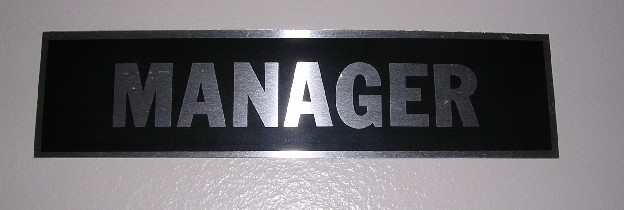A couple of days ago, I attended a lecture by Barry Calf. Barry used to be director at BK Bodem. Under his management, this ground engineering company transformed to a Semco-style organization. The employees reorganized themselves into autonomous regional chapters.
The organization transformed itself at an incredible pace, while successfully completing a merger at the same time. Financial results were greatly improved. Customer satisfaction improved. Employee engagement improved. Management was reduced, first to only one director, then to none.
In Barry’s view, classical organizations restrain people. Instead, we should empower people to use their talents to the benefit of the company. And his story is the proof that this actually works.
How did Barry achieve this impressive transformation? He left most of the transforming to the teams themselves! Here are a some of the lessons from his presentation:
- Employees can organize themselves. Just give them the power.
- Make it clear to everybody where the power resides in the new organization. Who has the power to decide what? A simple table will suffice. Surprisingly little power needs to remain at the top level. And the table ends with: “All things not covered above can be decided by the autonomous teams.”
- Make the stakes clear – what is essential for the owners of the company? And for the employees? You will find that continuity of business is in the interest of all. Owners need the continuity of business to make sure their investment pays off. Employees need it to have job security. Stakeholders can trust each other that the right decisions are made, because everybody wants the company to be successful.
- Decisions can be made democratically. Majority vote decides.
- Determine which information is essential for managing the business and making decisions. Create one simple dashboard, with one set of performance indicators. Only use the essential indicators.
In the new organization, the autonomous chapters and teams decide on salaries, variable pay, new hires, and much more. This could work within a Super7 Operations department as well. A very inspiring story indeed.
Menno R. van Dijk.



